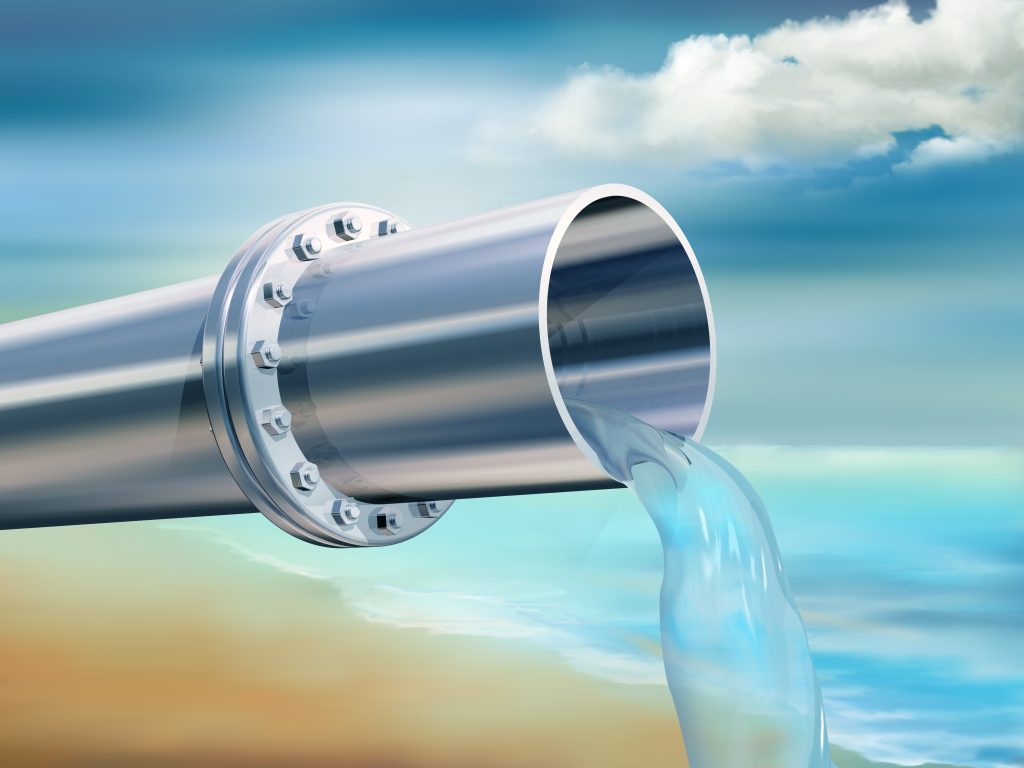06 Jul Studies show water troughs may play a larger role in the transmission of Pinkeye organisms than any other source!
Pinkeye?
New Research: It’s in the Water!
This “eye-opening” article is based on a study done by Dr. Larry Smith, DVM and Dr. David Kolb, DVM, in consultation with Michael Pawlak, Acepsis, LLC

As the hot summer months approach, producers are left dealing with the startling economic factors of Pinkeye.
Disease Cause: Infectious Bovine Keratoconjunctivitis (IBK) or pinkeye, is a common and highly contagious ocular bacterial disease that harbors itself in cattle nasal cavities. Mycoplasma bovis (M. bovis), and Moraxella bovoculi (M. bovoculi) are the principal pathogens that facilitate the nasal discharge and shedding of the organisms.
Historically, face flies and other insects have been thought to play the most significant role in pinkeye transmission.
Dr. Larry Smith, DVM, had the cattle waterers cultured and found a significant population of the M. bovis organism present. Since the M. bovis are shed in nasal secretions, the passing of the disease-causing organisms through the cattle waterers seemed logical. Upon inspection, the majority of cattle waterers were also coated with slimy surface of biofilm substances. It’s the biofilm that makes it difficult to eliminate, or even substantially reduce water-borne pathogen populations.
Dr. Smith’s and Dr. Kolb’s research identified the cattle water troughs as the key transmission vector in which dairy and beef cattle shed, transmit and contract the disease. “Ask yourself the question,” states Dr. Kolb, DVM, “Would you drink from the same glass of water if you knew that someone with an infectious disease just drank from that glass? Cattle don’t get that option!”
Disease Prevention: Several research results suggested that two thirds or more of the water-borne pathogen threat to animals comes from the biofilm in the water systems, even with a clean water source. If you take a purified water system and expose it to a new bacterial growth source, such as contaminated nasal secretions, it will again produce contaminated biofilm.
Dr. Smith and Dr. Kolb also reference work done by Dr. Donald Sockett, DVM, PhD. from the Wisconsin Veterinary Diagnostic Laboratory, on the use of chlorine dioxide for the removal of biofilm. Dr. Sockett’s studies show that chlorine dioxide eliminated sessile and planktonic bacteria and mitigates into and destroys the biofilm habitat. Chlorine dioxide has shown itself to be extremely effective in its biocidal activity against gram-positive and gram-negative bacteria, M. bovis, viruses, bacterial spores, and protozoan cysts.
The studies show that pinkeye has been proven to have a 90+ % Pinkeye Reduction Rate with a 100% Return. These results were achieved by using Acepsis™ AquaSoar™, a concentrated technology that produces chlorine dioxide on site, using the farm water source for dilution. Acepsis™ is a leader in the use of chlorine dioxide technologies within the animal wellness categories:
- Water hygiene
- Animal hygiene
- Facility hygiene

Adding AquaSoar™ to the water system provides the ultimate “one-two punch”: AquaSoar™ destroys the biofilm structure and eliminates the bacterial presence within the water system. By implementing good management practices, including regular cleaning using AquaSoar™, individual watering systems where feasible, and monitoring water quality, the risk of disease transmission through communal water troughs can be minimized, promoting better overall herd health and reducing the spread of pathogens.
In the case of pinkeye, an ounce of prevention is definitely worth a pound of cure
Check out the full report on: https://www.acepsis.com/pinkeye.
For more information about pinkeye prevention and the effect of treating livestock drinking water, contact us at: info@acepsis.com.
Dr. Larry Smith, DVM, graduated from the Iowa State University College of Veterinary Medicine, Ames, in 1964. In 1965, he purchased a solo mixed practice in Lodi. In 1967, classmate Dr. Richard Schmidt joined the practice and it continued to grow as their clients increased dairy and beef herd sizes. In the 1990s, Dr. Smith left the practice due to health reasons and moved to conducting studies for the pharmaceutical industry, which he continues today. He is an active member of the WVMA, serving one term as the District 5 representative on the Executive Board, on the Veterinary Diagnostic Lab Committee and on the Legislative Committee.
Dr. Smith was the committee chairman when the state legislature passed the bill to create the University of Wisconsin School of Veterinary Medicine. He was honored by the WVMA in 1980 by receiving the Meritorious Service Award and the Veterinarian of the Year award in 1985. Dr. Smith’s career spans more than 50 years and is full of great memories and experiences.
Dr. David Kolb, DVM, grew up on a dairy farm on the shores of Lake Michigan near a small town called Cleveland, WI. He attended the University of Wisconsin-Madison for his undergraduate studies and then graduated from the University of Wisconsin School of Veterinary Medicine in 1987. Dr. Kolb is a member of the American Veterinary Medical Association, Wisconsin Veterinary Medical Association, American Association of Equine Practitioners and the Wisconsin Equine Practitioners Association. He is a past president of the Wisconsin Equine Practitioners Association. Dr. Kolb is an partner / owner within the Lodi Veterinary Care group, Lodi, WI, and has participated in numerous studies on animal wellness within the beef cattle, dairy cattle and equine market sectors.



